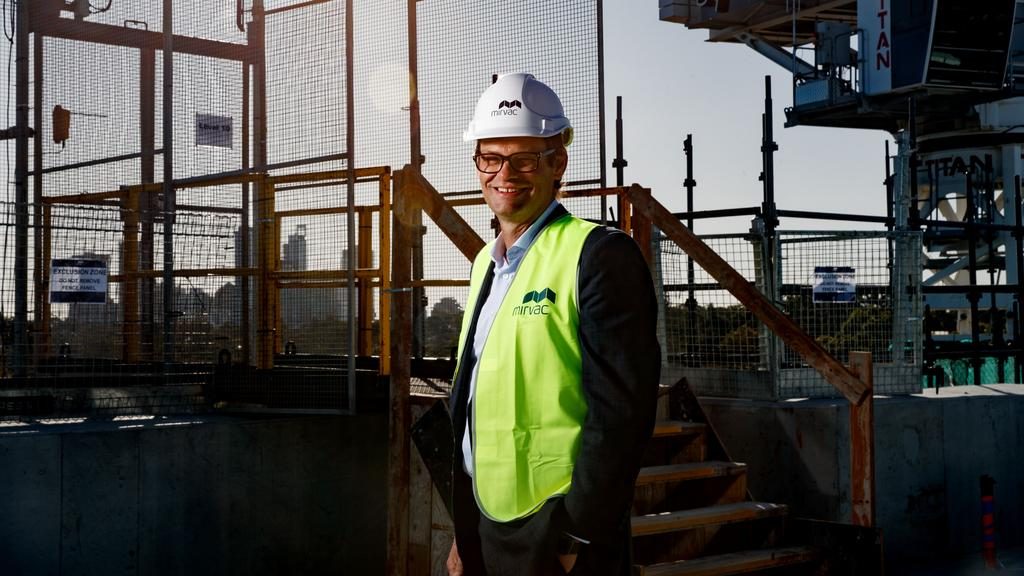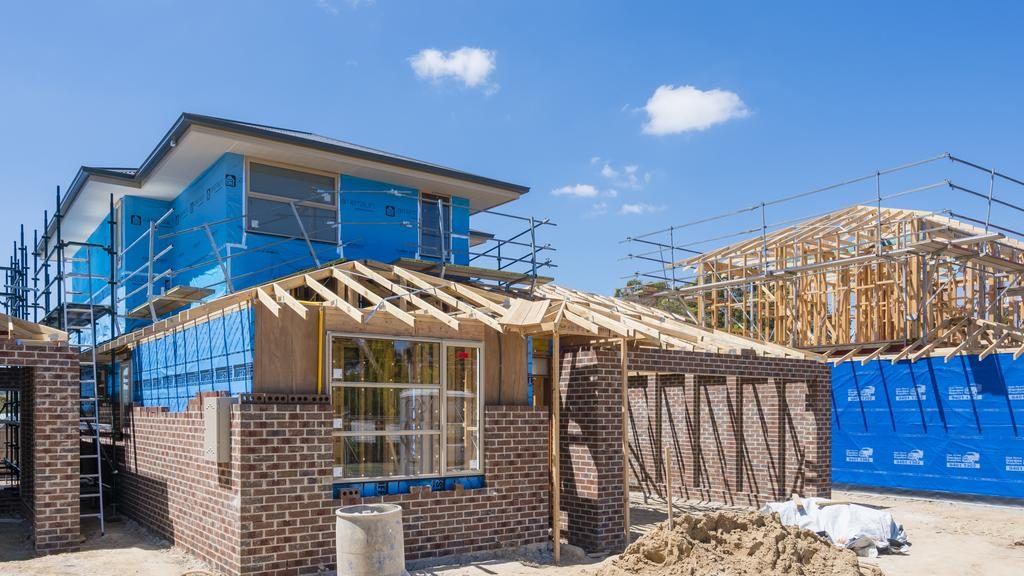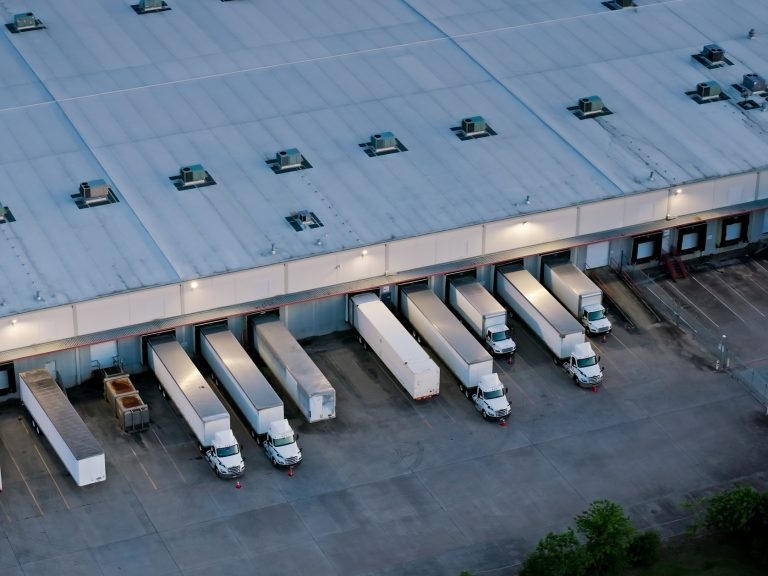‘Green shoots’: Mirvac upbeat on new home building despite profit squeeze

ASX-listed property group Mirvac has seen its new home building profit margins squeezed over the past financial year, but is also seeing an uptick in market activity.
The company made $212 million in earnings before interest and taxes (EBIT) from residential development during the 2023-24 financial year, up 36% compared to the previous year, according to its earnings results announced on Thursday.
The results were driven by settlements at its Sydney-based apartment projects, increased masterplanned communities project settlements in Perth, and settlements from its first release at the Cobbitty project in Sydney.
While the business, which develops and operates residential and commercial property, raked in 2,401 residential lot settlements during the financial year, there was a decline in its residential gross margin – which is the company’s revenue minus its direct costs.
The company said its residential gross margin declined to 17%, impacted by a higher weighting toward apartment settlements and continued cost pressures from inclement weather and subcontractor insolvencies.
“Our residential gross margin was below our through-cycle target of between 18% and 22%, impacted by higher costs across our apartment projects in New South Wales, and we expect this to continue throughout FY25, with Queensland apartment projects also expected to be affected,” Mirvac’s group chief executive and managing director Campbell Hanan said.

Mirvac chief executive Campbell Hanan at its Willoughby development NINE. Picture: Nikki Short
“Despite this we are starting to see green shoots of market activity, with elevated inquiry and strong sales success at recent project launches, such as Highforest and Riverlands in Sydney, with the first releases 76% and 100% pre-sold respectively.”
Morningstar senior equity analyst Adrian Atkins said the company’s residential gross margin was likely to remain low for some time.
“While the gross margins have been over 20% for many years, we do not expect a significant rebound in the near term and project an average of 18% through to fiscal 2034, at the bottom of management’s through-the-cycle target of 18%-20%,” Mr Atkins said in a note.
Nonetheless, Mr Atkins said the company appears to be undervalued and had solid longer-term potential.
Other housing developers and home builders have also experienced margin squeezes in recent years. Australia’s home building industry has been hit with higher borrowing costs, higher construction material and labour costs, and lower consumer confidence in recent years.
However, there are signs that homebuyers are returning to the new homes market.
New Housing Industry Association (HIA) figures showed that new house sales increased 15.7% across the country during the three months to June, compared to the previous quarter, and were 20.4% higher compared to the same period last year.

New house sales increased more than 15% nationally during the June 2024 quarter. Picture: Getty
It comes as Australia’s challenged home building industry continues construct homes at levels below what’s needed to house our growing population.
The latest housing completions data from the Australian Bureau of Statistics showed new home supply in the first quarter of the year remained well below the levels needed to meet the country’s housing targets.
In the March quarter of 2024, 41,329 homes were completed across Australia, a decrease from 45,643 in the December 2023 quarter.
To reach the federal government’s Housing Accord national housing target of 1.2 million new homes by 2029, Australia will need to build 60,000 homes on average each quarter over the next five years.
Looking ahead, Mirvac said it has recorded $1.3 billion worth of residential pre-sales and has a range of new apartment launches planned for the next 12 months.
The company expects to make lower margins from some of its Queensland and NSW apartment projects, but said that the next phase of its apartment projects should return to its normal target range.
Mirvac group recorded an operating profit of $552 million, down 5% year-on-year, in FY23-24.







